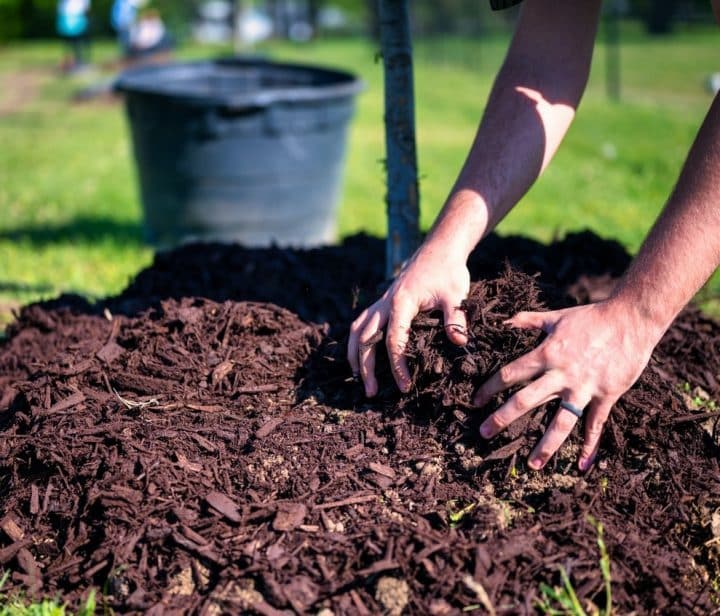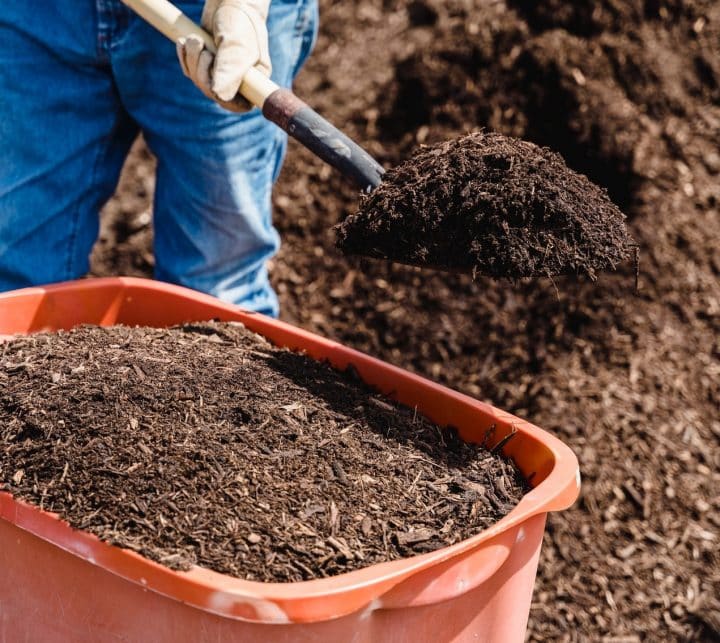How’s your home garden doing? Do you buy fertilizer, or are you familiar with composting? As you begin to learn more about growing your food and starting a vegetable or herb garden, you’ll find that composting is high on the list of recommendations. Learning how to get started composting at home will give you knowledge about using organic material to improve the quality of your soil. Here are some things to know about composting.

What is the Definition of Compost and Why Is It Important?
Before you start learning how to compost at home, you need to know the definition of compost.
Organic garden compost is the process of being able to recycle organic matter. This could include food scraps and leaves, which will turn into a fertilizer that can supplement soil and plants.
There are a lot of benefits to it, from the quality of your vegetables to not having to use as many chemicals. With composting, the first benefit is that you don’t need to use other fertilizers.
Some of the other benefits of composting are:
- Saves you money because you no longer need to buy fertilizer.
- Compost can benefit your soil. Your soil would be rich and fertile.
- You will also be able to keep out bad bacteria but promote healthy bacteria that provide nutrients to your crops.
What Are the Types of Composting Materials?
Let’s start learning how to get started composting and how do you make a compost starter? Compost is a combination of brown materials and green materials.
This is how you categorize the materials that you will include in your compost, so any time you look up information, look for these basic labels.
Green composting materials often include scraps from your fruit, like peels and leaves, coffee grounds, grass and weed clippings, and vegetable waste.
While brown composting ingredients, this is what you get outside, like twigs, branches, and leaves that fall off your trees or bushes. Both greens and browns are typically combined with water to develop a decent compost material.
Tips on How to Get Started Composting at Home
Now that you will start composting, plan where to put compost bin. Make sure that it’s in a dry and shaded location.
One way to make compost is to make hot compost. This is when you cook the materials using natural heat.
For hot composting, you will layer your ingredients, like vegetable scraps, dry leaves, and grass clippings, add some water and soil, and heat it. This is a great way to make hot compost.
There is also what we call cold compost. This is when you simply pile together yard waste and materials from your trash and add it to a compost bin.
Commonly Asked Questions About Composting
Can you plant in compost?
While it’s tempting to just plant on your compost material, it’s not advisable to do it. The material of compost is light, which means it won’t be able to hold your plants properly, and it will drain the water faster.
It’s best to mix the compost with topsoil to ensure your plants are getting the nutrients they need.
Do I need a bin to compost, and how often to turn compost?
How often you should turn your compost will depend on the size of the pile, the ratio between the green to brown, and even the amount of moisture in your compost pile.
Remember that turn a compost tumbler in every three to four days. If you have a compost pile, turn it in every three to seven days. As your compost matures, you can turn the tumbler or pile less frequently.
Takeaway
Learning how to get started composting may look confusing at first. But once you understand how the process works, you’ll see how many benefits a compost pile could give your plants and how it could help you with your waste management.




